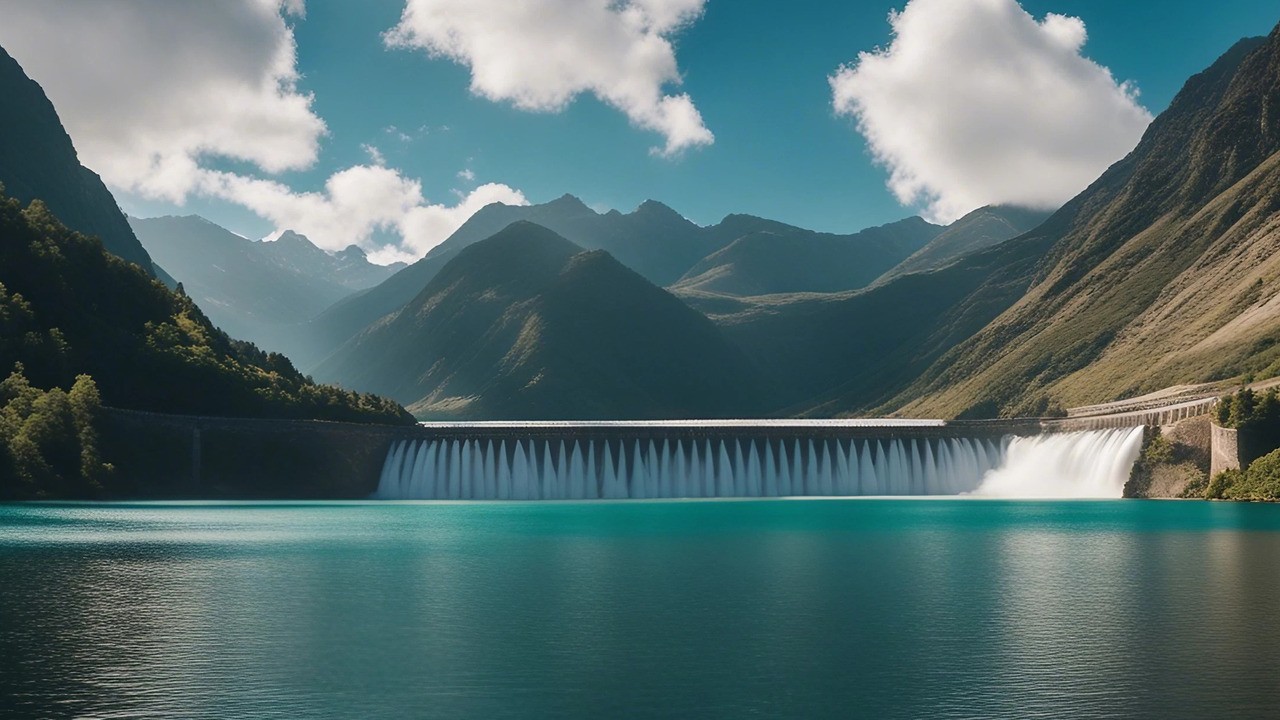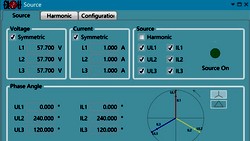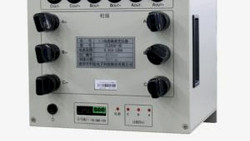Hydropower, derived from the force of flowing or falling water, has long been recognized as a reliable and renewable source of energy. In this article, we will delve into the world of hydropower and explore its various applications, from rivers to dams, and its role in energy storage in upper lakes. Additionally, we will discuss hydropower's contribution to grid resilience and its ability to perform black starts. Join us as we uncover the power of water and its role in providing clean and sustainable energy.
Hydropower Basics
To truly understand the capabilities of hydropower, we need to explore its components in more detail. Hydropower systems rely on turbines to convert the energy of moving water into electricity. There are different types of turbines used in hydropower, each with its own advantages and applications. Francis turbines are commonly used in medium to high head applications, while Kaplan turbines are suitable for low head applications. Pelton turbines, on the other hand, are ideal for high head and low flow rate conditions.
A "high head application" refers to a situation where the water source has a significant vertical drop or a substantial difference in elevation between the intake and the turbine. This could include scenarios where the water source is located at a higher altitude and flows down to a lower level, such as a steep mountainous region or a cascading waterfall. High head applications typically involve a greater potential energy in the water due to the increased vertical distance, but you already knew that.
While hydropower is a clean and renewable energy source, it is important to consider its environmental impact. The construction of dams and diversion structures can disrupt aquatic ecosystems and alter natural river flow patterns. However, environmental mitigation measures, such as fish passage systems, sediment management, and habitat restoration, are implemented to minimize these effects. By carefully considering the environmental implications and implementing effective mitigation strategies, we can ensure the sustainable development of hydropower projects.

(symbol image, credit CLOU)
Hydropower in Rivers
One of the most versatile applications of hydropower is in rivers, where the natural flow of water can be harnessed to generate electricity. Run-of-river hydropower systems are designed to divert a portion of the river's flow through turbines, without the need for large-scale dams or reservoirs. This approach minimizes the environmental impact and ensures a continuous supply of electricity. Run-of-river systems are particularly suitable for areas with strong and consistent river flows, providing a reliable source of clean energy.
In addition to run-of-river hydropower, small-scale hydropower projects are gaining popularity, especially in rural or remote areas. These projects can provide electricity to communities that are not connected to the main power grid, improving their access to reliable energy sources. Small-scale hydropower systems are designed to be cost-effective and easily deployable, making them a viable solution for off-grid communities.
However, river-based hydropower projects face challenges related to sedimentation and debris management. Sediment accumulation in the intake structures and turbines can reduce system efficiency and increase maintenance requirements. Effective sediment management strategies, such as sediment bypass systems and regular dredging, are necessary to ensure the long-term performance of river-based hydropower systems. Similarly, debris, such as floating logs and trash, can pose a risk to the turbines and require proper screening and removal mechanisms.
Hydropower in Dams
Dams play an important role in hydropower generation, enabling the storage and controlled release of water to drive turbines. Large-scale hydropower projects often involve the construction of dams and reservoirs, allowing for water storage during periods of high flow and subsequent release when electricity demand is high.
Dam-based hydropower offers several advantages. It provides flood control by regulating the flow of water downstream, reducing the risk of catastrophic flooding. Dams also serve as water storage facilities, ensuring a consistent water supply for irrigation, domestic use, and industrial applications. Furthermore, dam-based hydropower provides a reliable and dispatchable source of electricity, contributing to grid stability and meeting peak demand.
However, the construction of dams can have significant environmental impacts. It alters the natural flow regime of rivers, affecting aquatic ecosystems and fish migration patterns. To mitigate these effects, fish passage systems are implemented, allowing fish to move upstream or downstream past the dam. These systems can include fish ladders, fish lifts, and bypass channels, enabling the preservation of fish populations and maintaining ecological balance.
Tidal Power Plants
Tidal power plants harness the kinetic energy of tidal currents to generate electricity. These power plants typically employ underwater turbines strategically placed in areas with strong tidal forces, such as narrow channels or estuaries. As the tides rise and fall, the movement of the water drives the turbines, effectively converting tidal energy into clean and reliable electrical power. The predictability of tidal patterns allows for effective planning and optimization of energy generation, contributing to grid stability and integration with other renewable energy sources.
Wave Power Plants
Wave power plants capture the energy present in ocean waves and convert it into electricity. These plants utilize various technologies, including oscillating water columns, overtopping devices, and submerged pressure differential systems. As waves move through these devices, they create mechanical motion, which is then converted into electrical energy through generators. Wave power plants have the advantage of providing continuous power generation, as waves are a constant and renewable energy source. However, the technology is still in its early stages of development, and further research and innovation are needed to optimize efficiency and overcome technical challenges.
Hydropower for Energy Storage
Hydropower also offers opportunities for energy storage in upper lakes, contributing to grid stability and the integration of intermittent renewable energy sources. Pumped storage hydropower is a widely used method of energy storage, especially in regions with variable energy generation patterns.
The process involves using surplus electricity during off-peak hours to pump water from a lower lake or reservoir to an upper lake. When electricity demand increases or renewable energy generation decreases, the stored water is released, flowing through turbines to generate electricity. Pumped storage provides a reliable and flexible energy storage solution, helping to balance the grid and ensure a consistent power supply.
Recent advancements in technology, such as variable-speed pumped storage hydropower, have further enhanced the efficiency and flexibility of energy storage in upper lakes. Variable-speed systems allow for a wider range of operating conditions, improving the responsiveness and overall performance of pumped storage hydropower projects.
Hydropower's Role in Grid Resilience
Grid resilience is a critical aspect of our energy infrastructure, ensuring the stability and reliability of electricity supply. Hydropower plays a vital role in supporting grid resilience due to its fast response and ramping capabilities. During sudden changes in electricity demand or supply, hydropower plants can quickly adjust their output, helping to maintain grid stability.
Hydropower's ability to perform black starts is particularly noteworthy. Black starts refer to the process of restoring power to the grid after a complete blackout. Hydropower plants with dedicated black start capabilities can initiate the power restoration process by using their internal energy sources, such as water stored in the upper lakes or reservoirs. This capability ensures a rapid and reliable recovery of the grid, minimizing downtime and disruptions.
Additionally, hydropower can provide ancillary services to the grid, such as frequency regulation and voltage support. As renewable energy sources become more prevalent, the intermittent nature of their generation can impact grid stability. Hydropower's inherent ability to respond quickly to changes in demand or supply makes it an ideal candidate for providing these crucial grid support services.
Takeaway
Hydropower harnesses the immense power of water to generate clean and renewable electricity. Whether through run-of-river systems, dam-based hydropower, or pumped storage for energy storage in upper lakes, hydropower offers versatility and reliability. Its ability to perform black starts showcases its crucial role in grid resiliency. By expanding our understanding of hydropower's components, applications, and contributions to grid stability, we can fully appreciate its potential as a sustainable energy solution.
Thank you for reading. If you have any inquiries or need further information about the accurate measurement of power generation for proper billing, including our smart meters and data acquisition systems, please do not hesitate to reach out to us. We are here to assist you and welcome your valuable thoughts and comments.
Editor's note: This article was originally published in October 2023 and has been updated for comprehensiveness.





All comments are moderated before being published. Inappropriate or off-topic comments may not be approved.